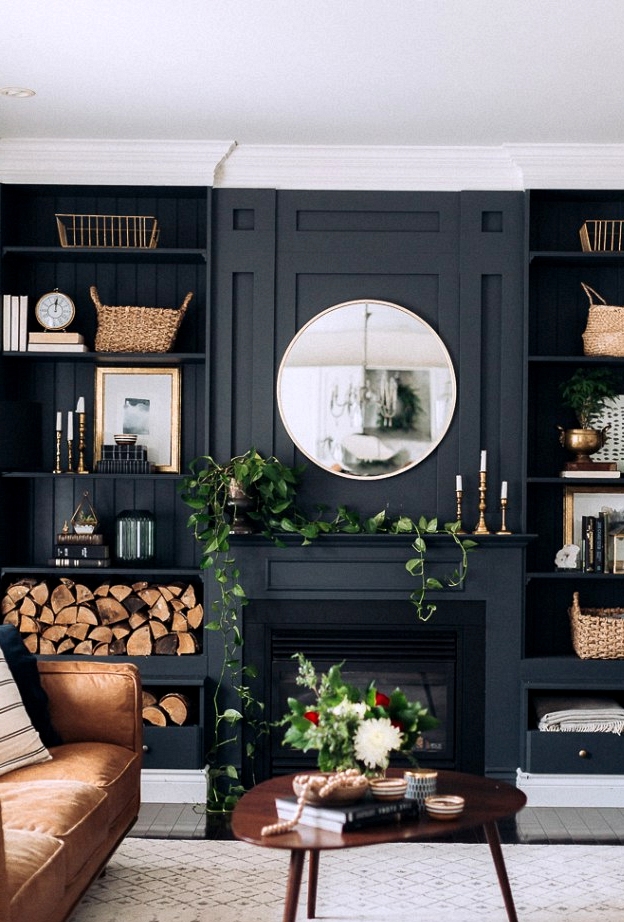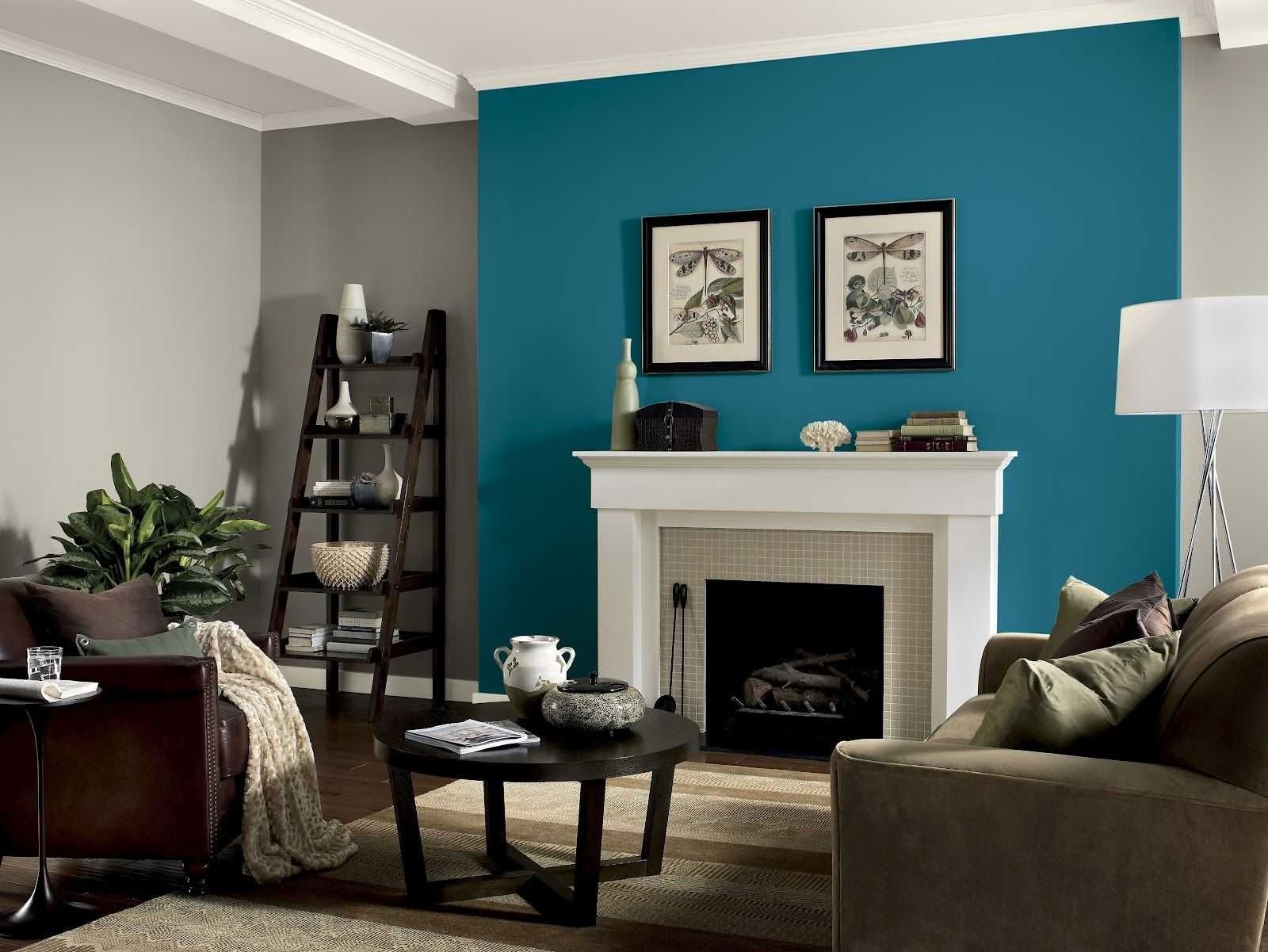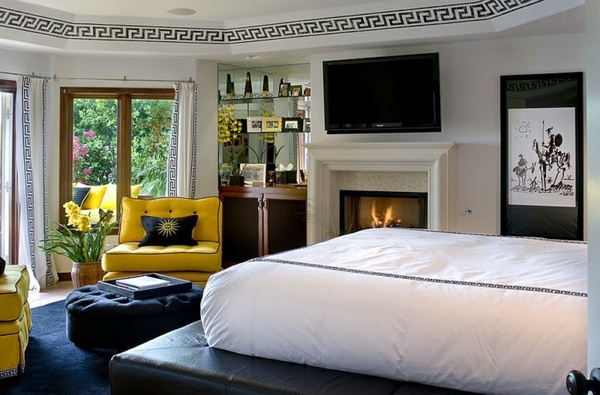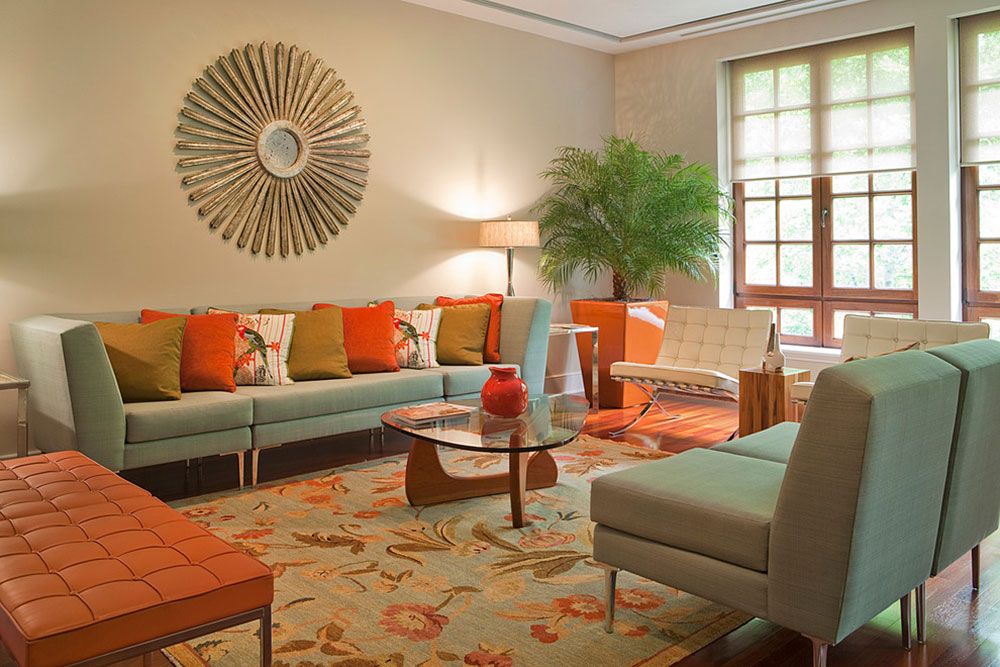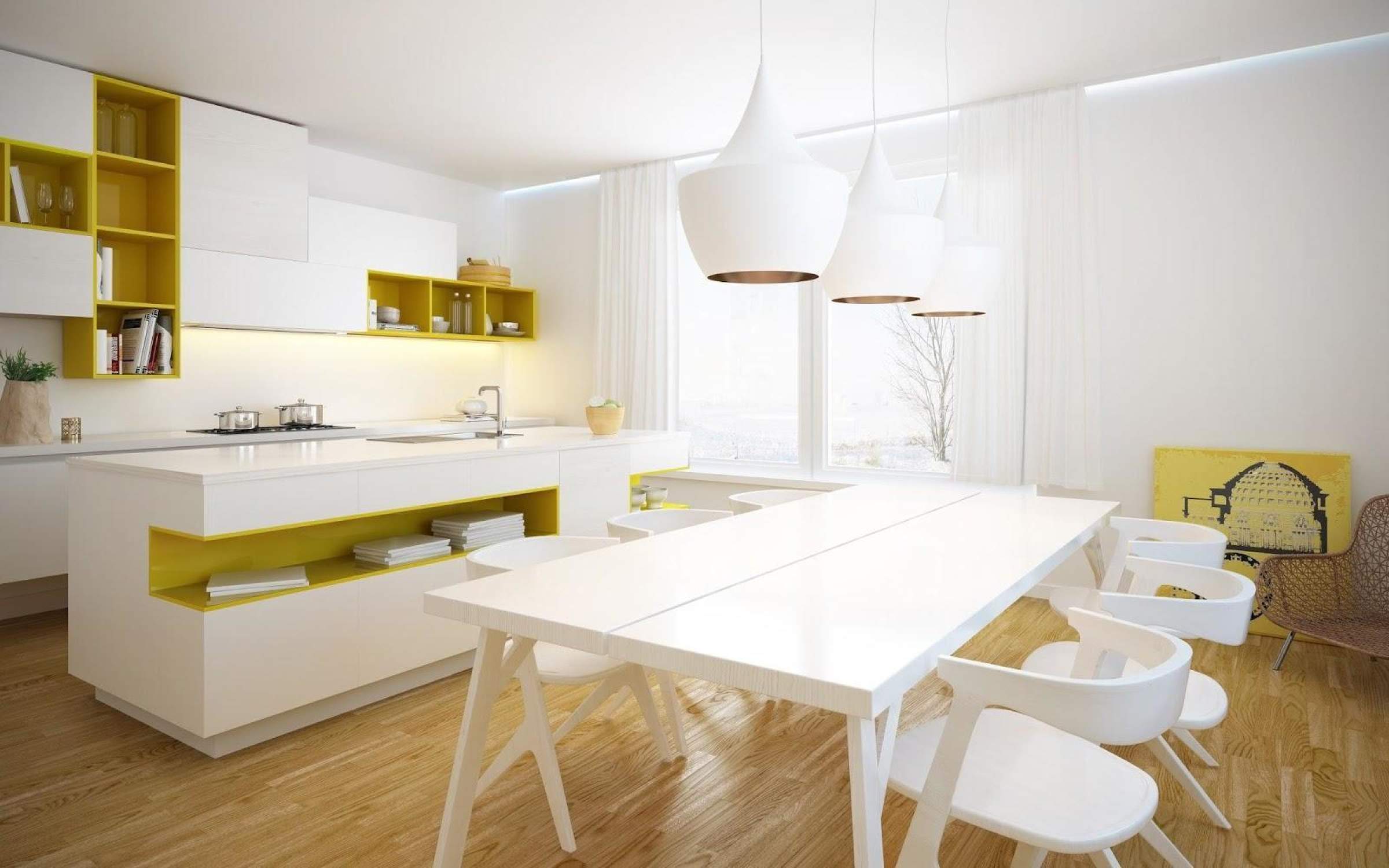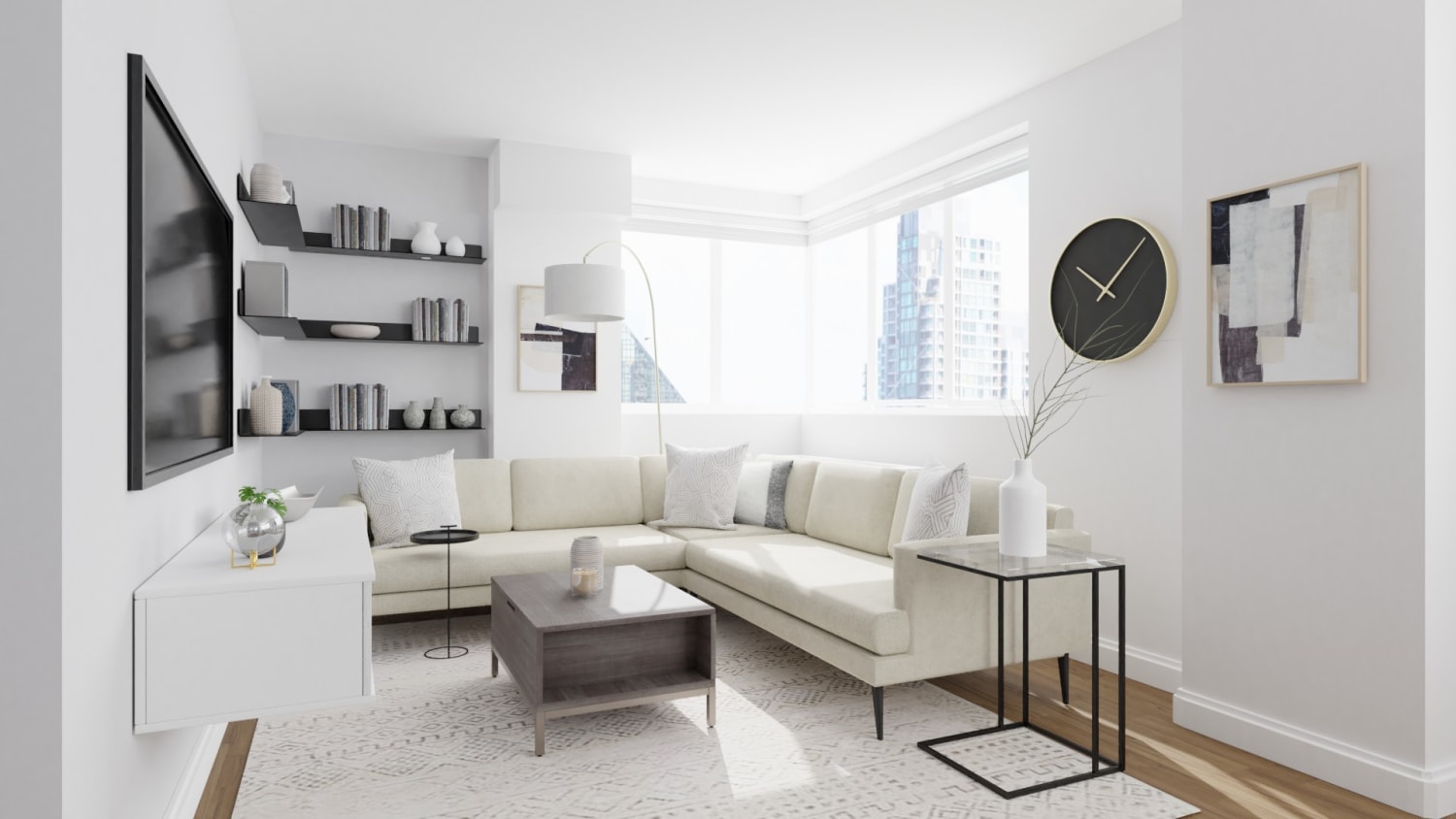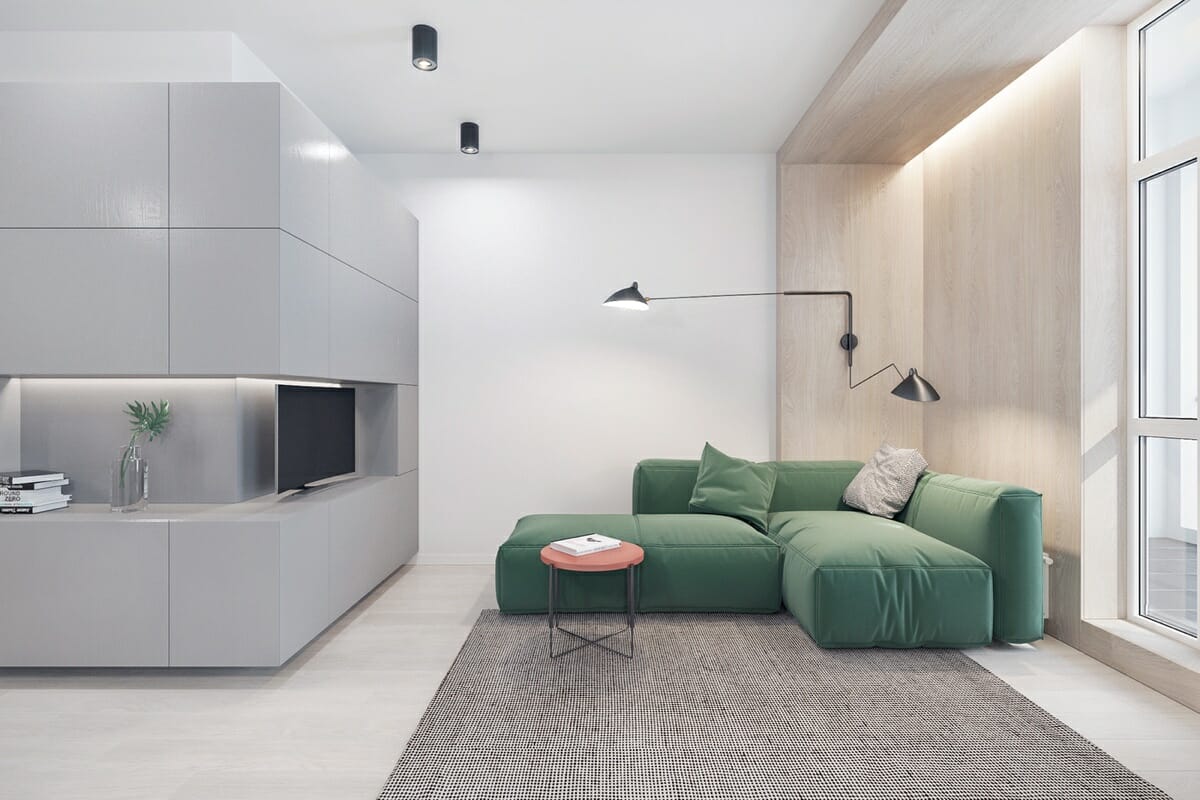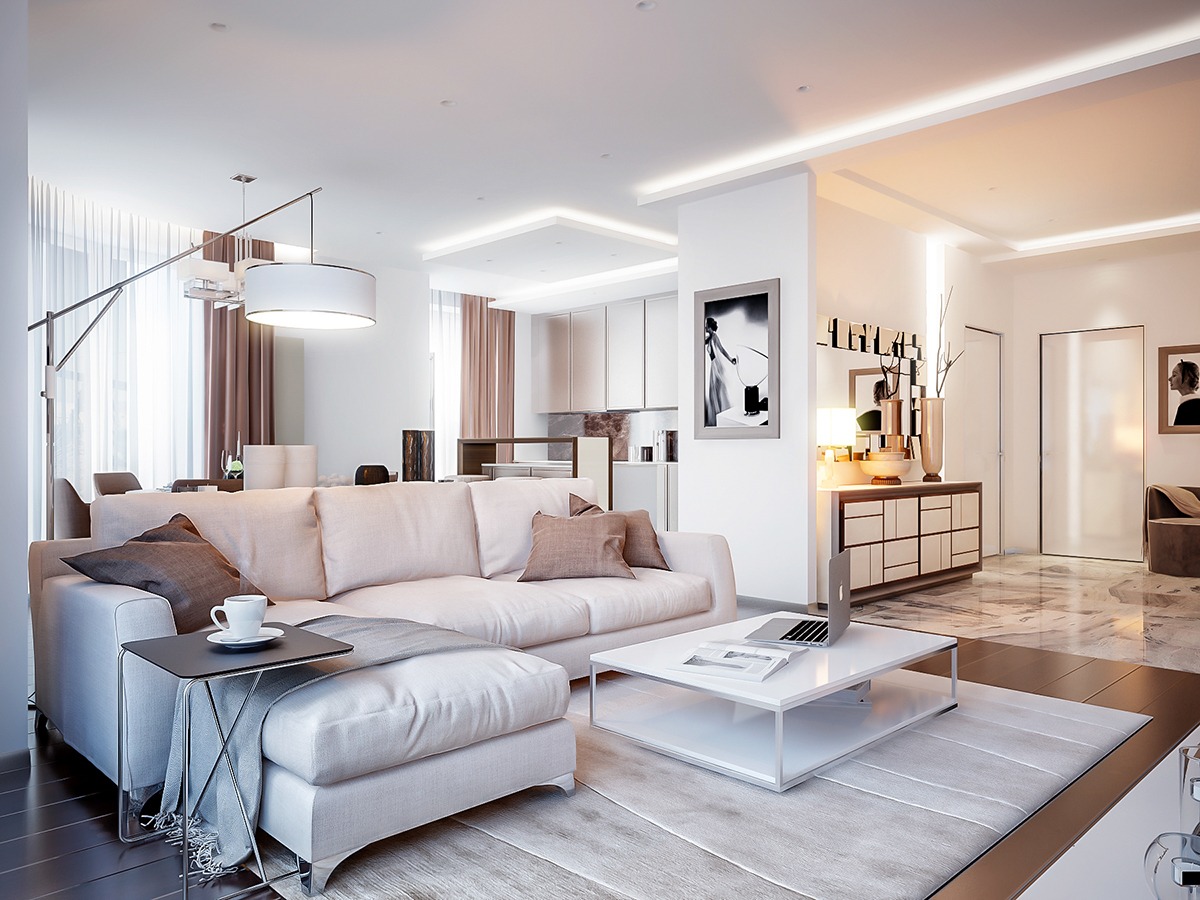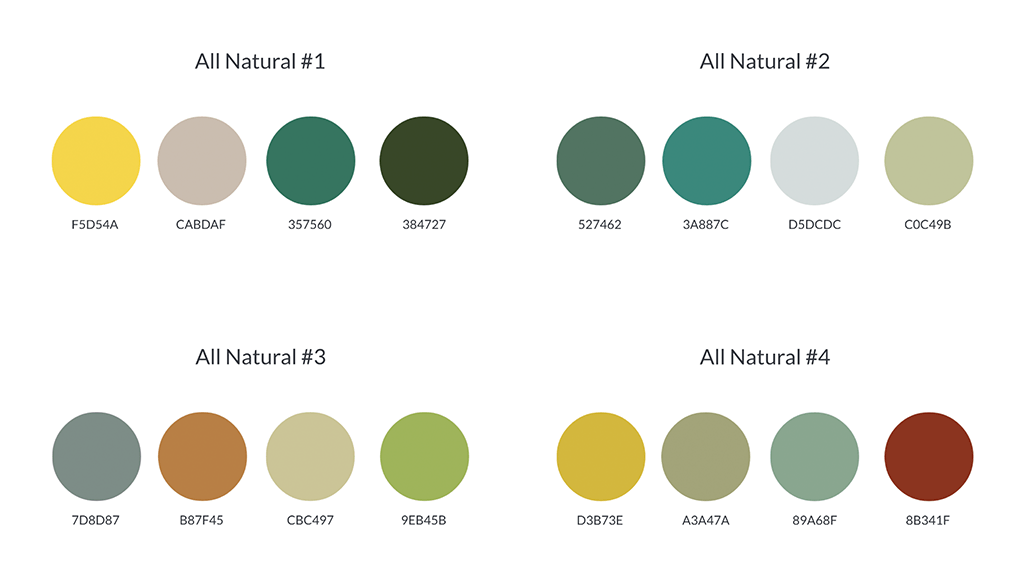When it comes to small living rooms, a neutral color palette is often the safest and most versatile option. Shades of white, beige, gray, and taupe can help create a sense of openness and light in a small space. Neutral colors also provide a blank canvas for adding pops of color and texture through furniture and décor. Consider using different shades of the same neutral color for a monochromatic look, or mix and match with different neutrals for a more dynamic feel.Neutral Color Palette
A monochromatic color scheme involves using different shades, tints, and tones of a single color. This creates a cohesive and harmonious look in a small living room, making it feel more spacious and put-together. For example, if you choose blue as your main color, you can use lighter shades for the walls, a darker shade for the sofa, and different blue tones for accents like throw pillows and curtains.Monochromatic Color Scheme
In a small living room, light and bright colors can make a big difference. Opt for shades of white, cream, and pastels to reflect natural light and make the space feel larger. You can also add metallic accents like gold or silver to add a touch of glam and further enhance the light and airy feel of the room.Light and Bright Colors
If you want to create a cozy and inviting atmosphere in your small living room, consider using warm tones like shades of red, orange, and yellow. These colors can add warmth and depth to the space, making it feel more intimate and comfortable. You can balance out the warmth with cool neutrals or contrast with a pop of a cooler color like blue or green.Warm and Cozy Tones
For a bold and dramatic look in a small living room, try using contrasting colors. Pairing light and dark shades of the same color or using complementary colors (colors opposite each other on the color wheel) can create a striking and visually appealing space. Just be careful not to use too many contrasting colors, as it can make the room feel overwhelming and cluttered.Contrasting Colors
For a natural and calming vibe in your small living room, consider using earth tones like shades of brown, green, and blue. These colors evoke a sense of nature and can help create a cozy and serene atmosphere. You can also add natural elements like wood, plants, and woven textures to enhance the earthy feel of the room.Earth Tones
Pastel colors are a popular choice for small living rooms because they add a touch of color without being too overwhelming. Soft shades of pink, blue, green, and yellow can bring a playful and whimsical feel to the space. Pastels also work well with neutrals, making them easy to incorporate into any color scheme.Pastel Hues
If you want to add a pop of color to your small living room, consider using bold accent colors. These bright and vibrant hues can add personality and energy to the space, making it feel more lively and dynamic. Just be sure to use them sparingly and balance them out with more neutral colors to avoid overwhelming the room.Bold Accent Colors
For a clean and modern look in a small living room, a minimalist color scheme is a great choice. Stick to a monochromatic palette with shades of white, gray, and black for a sleek and sophisticated feel. You can also add pops of a brighter color for a bold and eye-catching contrast.Minimalist Color Scheme
A natural color scheme involves using colors found in nature, such as shades of green, brown, and blue. This creates a soothing and organic feel in a small living room, perfect for creating a peaceful and relaxing space. You can also incorporate natural materials like wood, stone, and woven textures to enhance the natural aesthetic. In conclusion, when it comes to choosing the best color scheme for a small living room, the key is to create a balance between light and dark, warm and cool, and neutral and bold colors. Consider your personal style and the atmosphere you want to create, and don't be afraid to experiment with different color combinations until you find the perfect fit. With the right color scheme, even the smallest living room can become a cozy and stylish retreat.Natural Color Scheme
Why Color Scheme is Important for Small Living Rooms

Creating the Illusion of Space
 When it comes to designing a small living room,
color scheme
plays a crucial role in making the space appear larger and more spacious. Choosing the right colors can create an illusion of depth and openness, making the room feel less cramped and more inviting. On the other hand, the wrong color scheme can make a small living room feel even smaller and more claustrophobic.
When it comes to designing a small living room,
color scheme
plays a crucial role in making the space appear larger and more spacious. Choosing the right colors can create an illusion of depth and openness, making the room feel less cramped and more inviting. On the other hand, the wrong color scheme can make a small living room feel even smaller and more claustrophobic.
Maximizing Natural Light
:max_bytes(150000):strip_icc()/cdn.cliqueinc.com__cache__posts__261477__small-living-room-paint-colors-261477-1529967317040-image.700x0c-7c625071f3b449bba630089f1fa7dd7c.jpg) Another important factor to consider when choosing a color scheme for a small living room is the amount of natural light in the space.
Lighter colors
tend to reflect light, making the room brighter and giving the illusion of more space. In contrast,
darker colors
absorb light and can make a room feel gloomy and closed off. Therefore, it is important to take into account the natural light in the room when choosing the color scheme.
Another important factor to consider when choosing a color scheme for a small living room is the amount of natural light in the space.
Lighter colors
tend to reflect light, making the room brighter and giving the illusion of more space. In contrast,
darker colors
absorb light and can make a room feel gloomy and closed off. Therefore, it is important to take into account the natural light in the room when choosing the color scheme.
Creating Cohesion and Balance
 A well-designed living room should have a sense of cohesion and balance, and the color scheme plays a significant role in achieving this.
Complementary colors
or
analogous color schemes
can help create a harmonious and balanced look, while
contrasting colors
can add interest and depth to the space. It is essential to strike a balance between bold and neutral colors to avoid overwhelming the room.
A well-designed living room should have a sense of cohesion and balance, and the color scheme plays a significant role in achieving this.
Complementary colors
or
analogous color schemes
can help create a harmonious and balanced look, while
contrasting colors
can add interest and depth to the space. It is essential to strike a balance between bold and neutral colors to avoid overwhelming the room.
Adding Visual Interest
 A small living room doesn't have to be boring and lackluster. In fact, with the right color scheme, it can become a focal point in your home.
Accent colors
or
bold statement pieces
can add a pop of color and personality to the space. However, it is important to use them sparingly to avoid overwhelming the room.
A small living room doesn't have to be boring and lackluster. In fact, with the right color scheme, it can become a focal point in your home.
Accent colors
or
bold statement pieces
can add a pop of color and personality to the space. However, it is important to use them sparingly to avoid overwhelming the room.
Conclusion
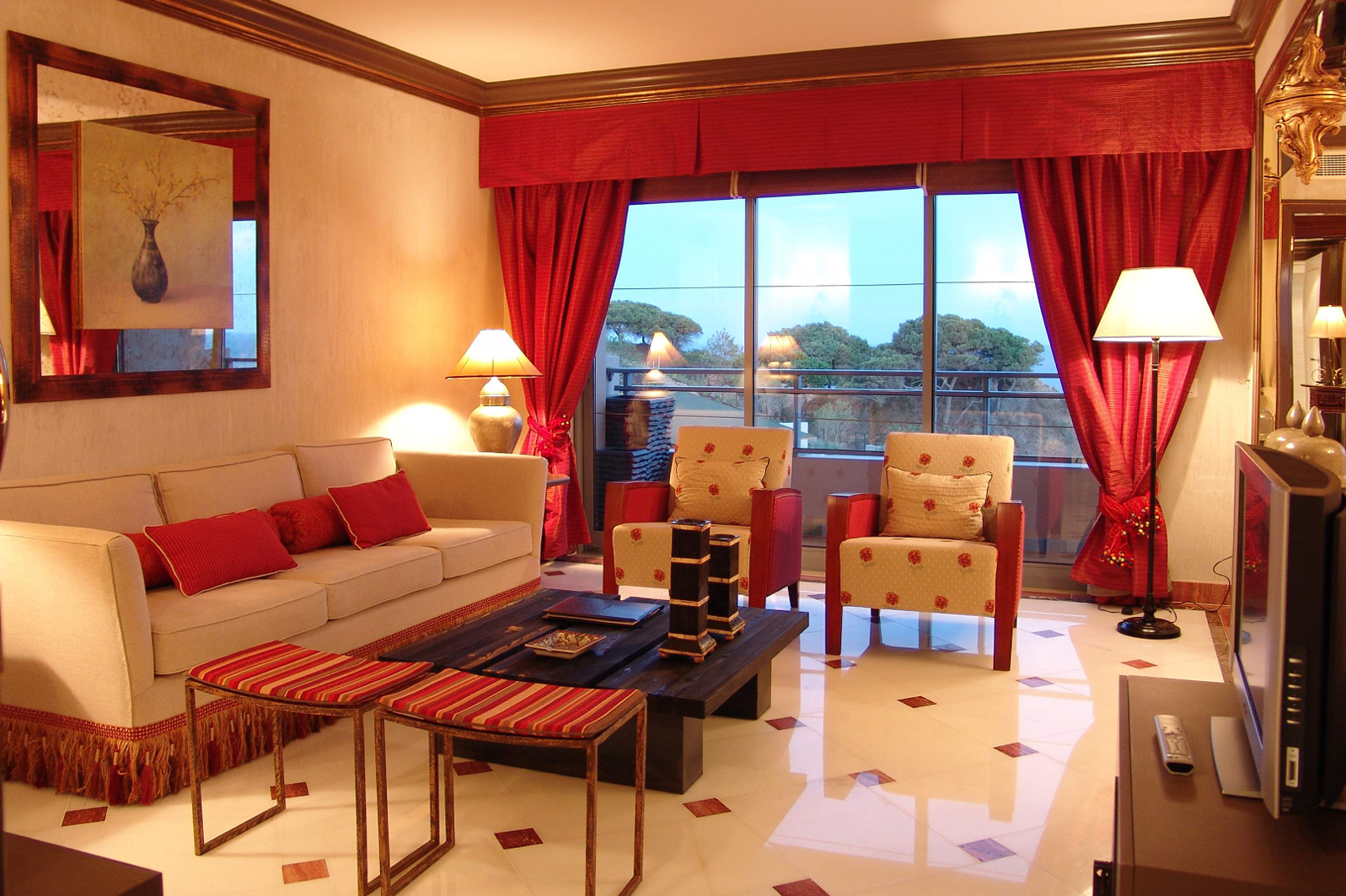 In conclusion, choosing the right color scheme for a small living room is essential for creating the illusion of space, maximizing natural light, creating cohesion and balance, and adding visual interest. By considering these factors and using a combination of
light and dark colors
,
complementary or analogous colors
, and
accent colors
, you can create a beautiful and functional living room that feels more spacious and inviting.
In conclusion, choosing the right color scheme for a small living room is essential for creating the illusion of space, maximizing natural light, creating cohesion and balance, and adding visual interest. By considering these factors and using a combination of
light and dark colors
,
complementary or analogous colors
, and
accent colors
, you can create a beautiful and functional living room that feels more spacious and inviting.

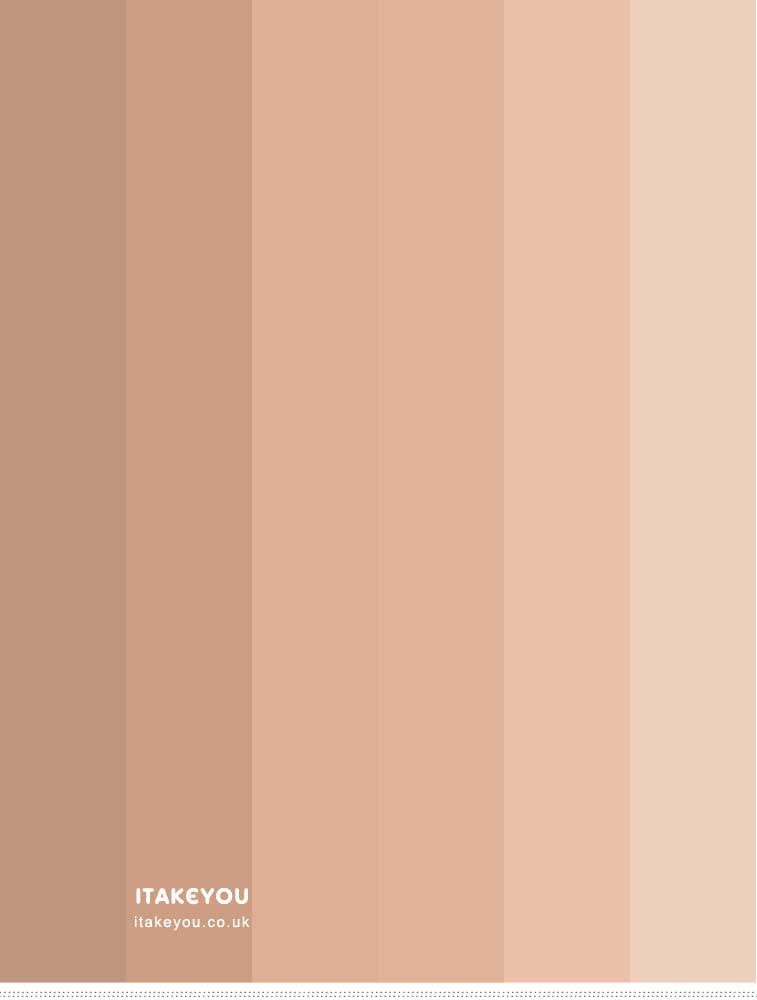
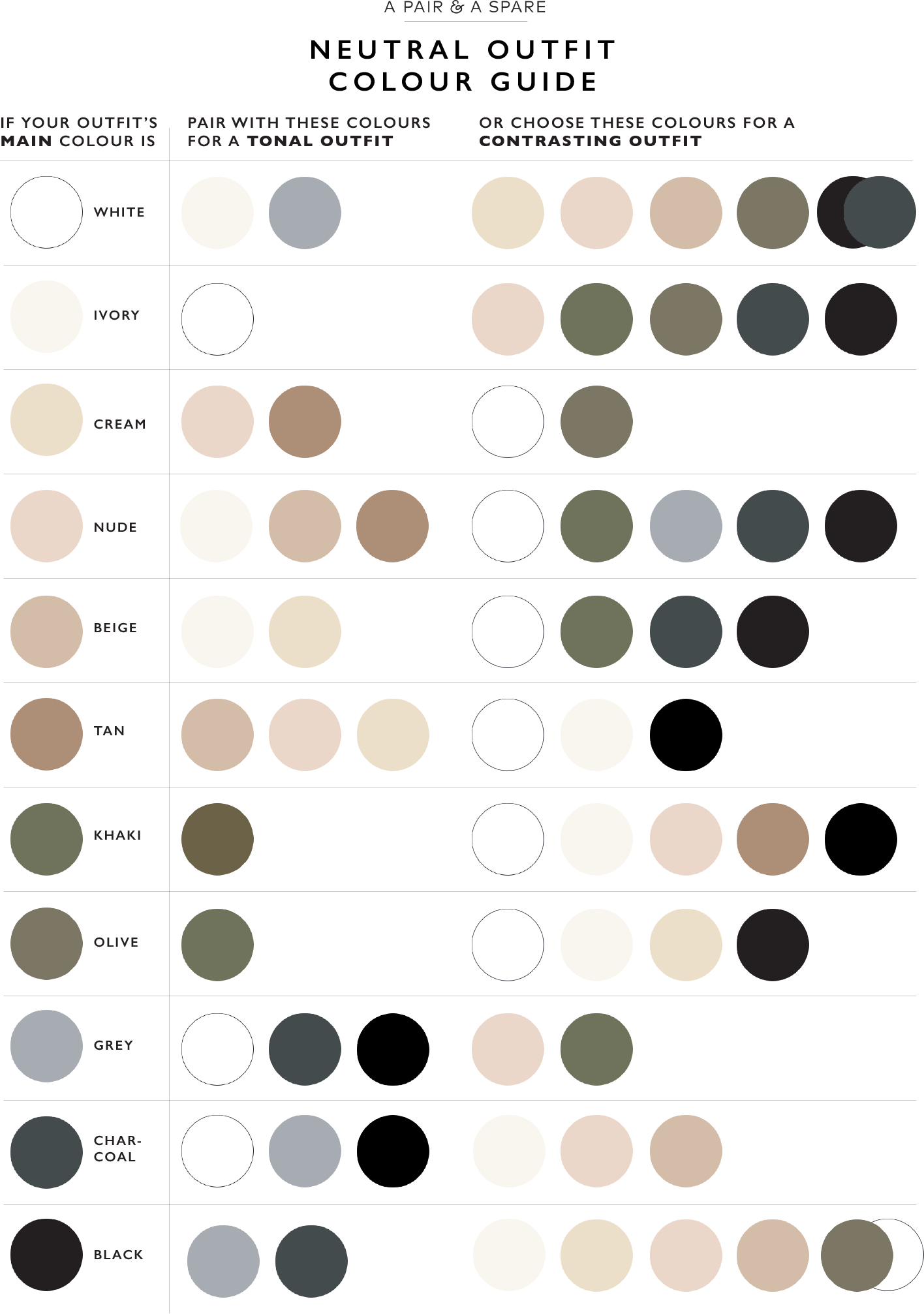



/MyDomaine_ColorPalette-Neutral-2-3590678b1c9143e28dd6b536f0a1e008.jpg)



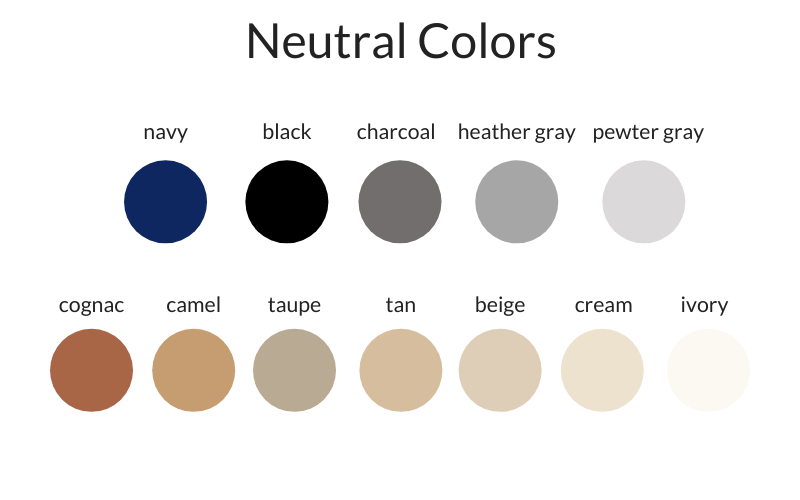





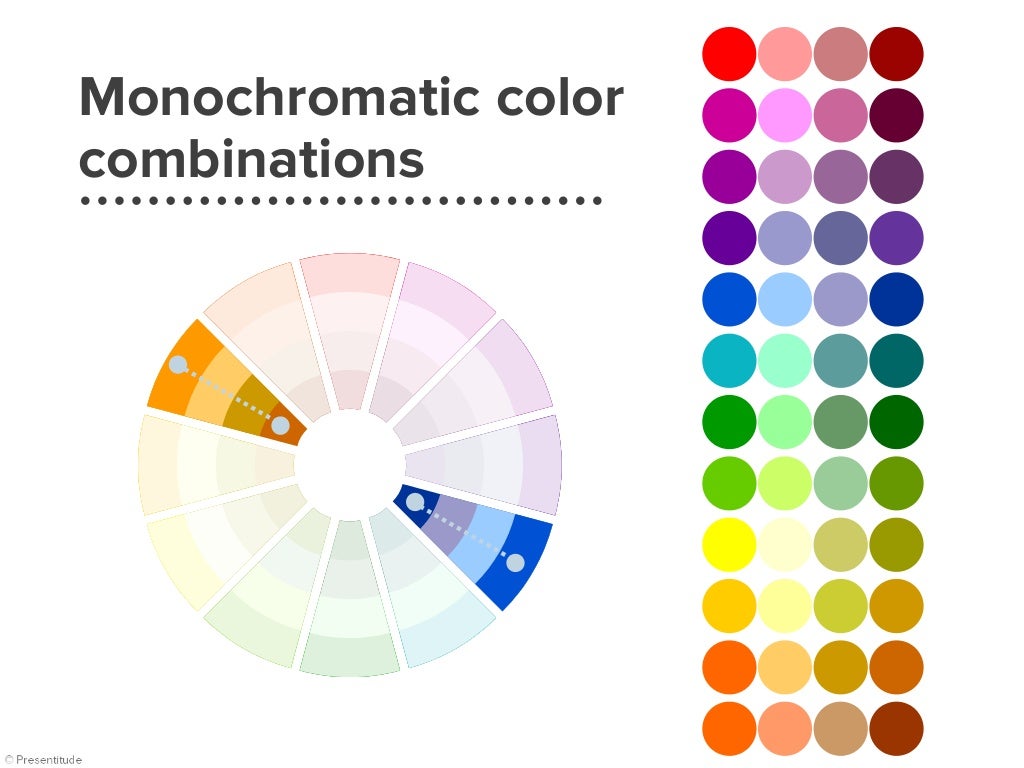


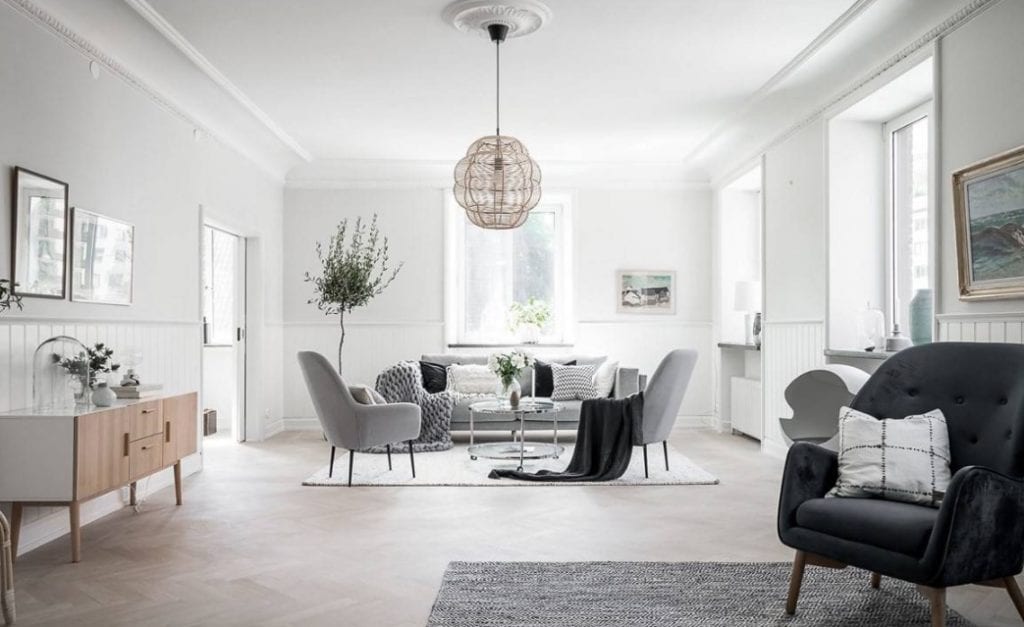
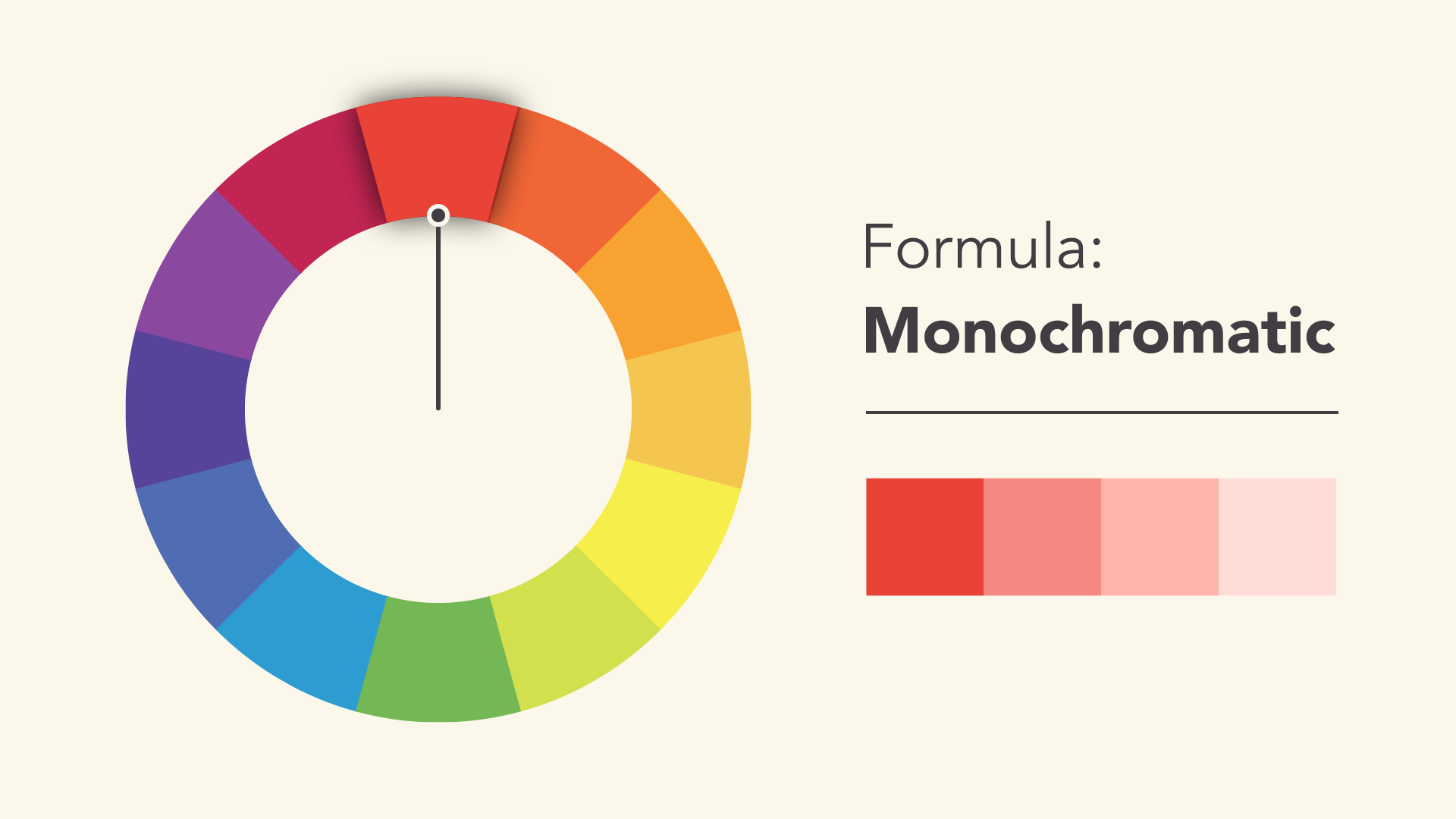













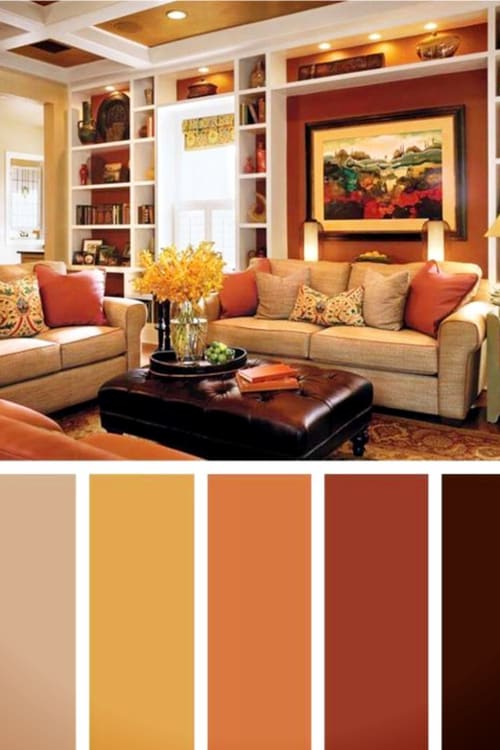






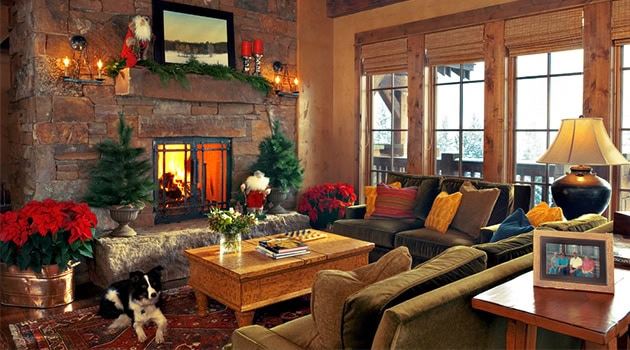

/Gretchen-Evans-Design-58a7203e5f9b58a3c944baae.jpg)
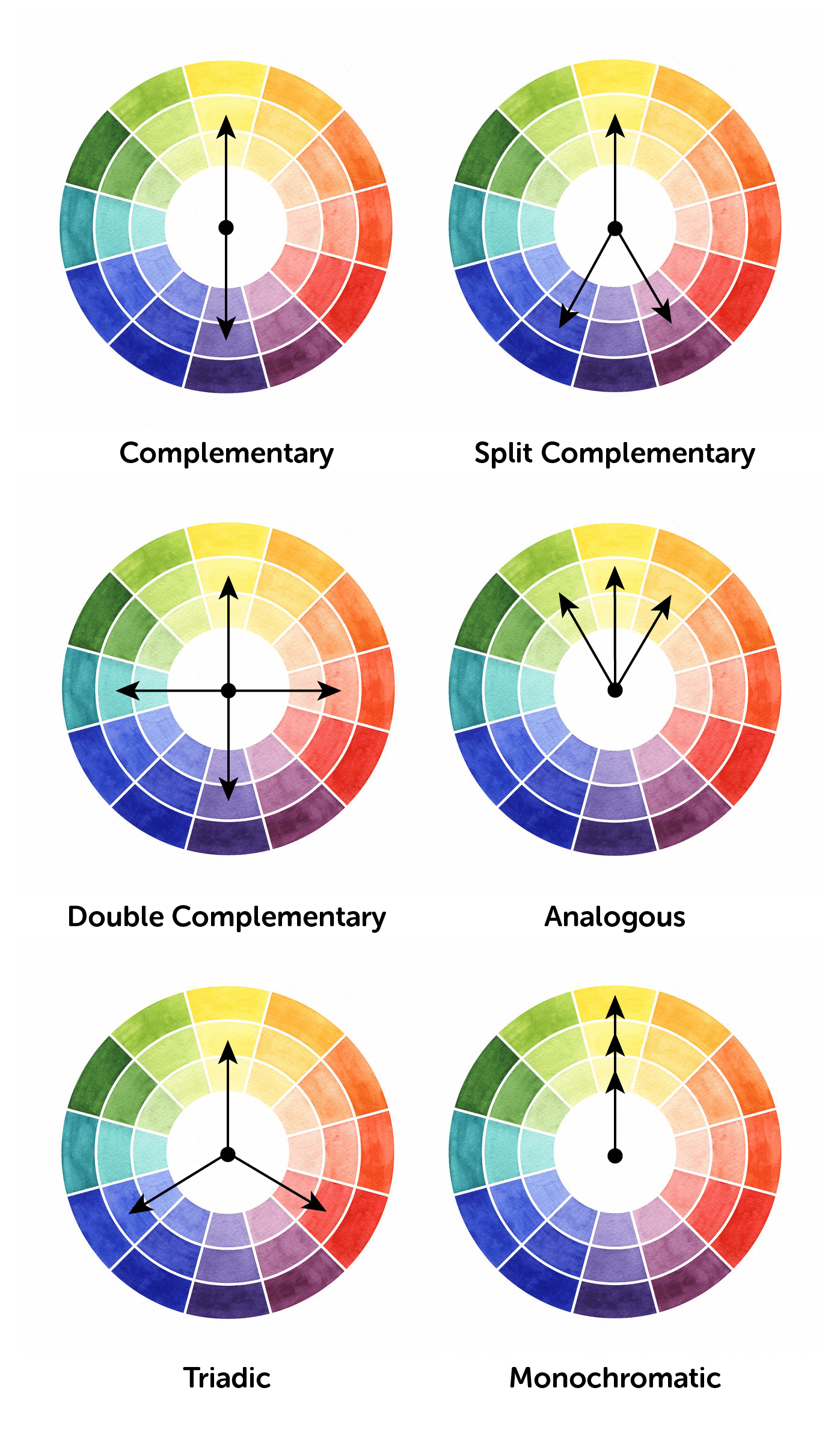


/Color-Contrast-Chart-59091b973df78c9283e31928.jpg)

/Colorwheel-58d0206f3df78c3c4f45653b.jpg)












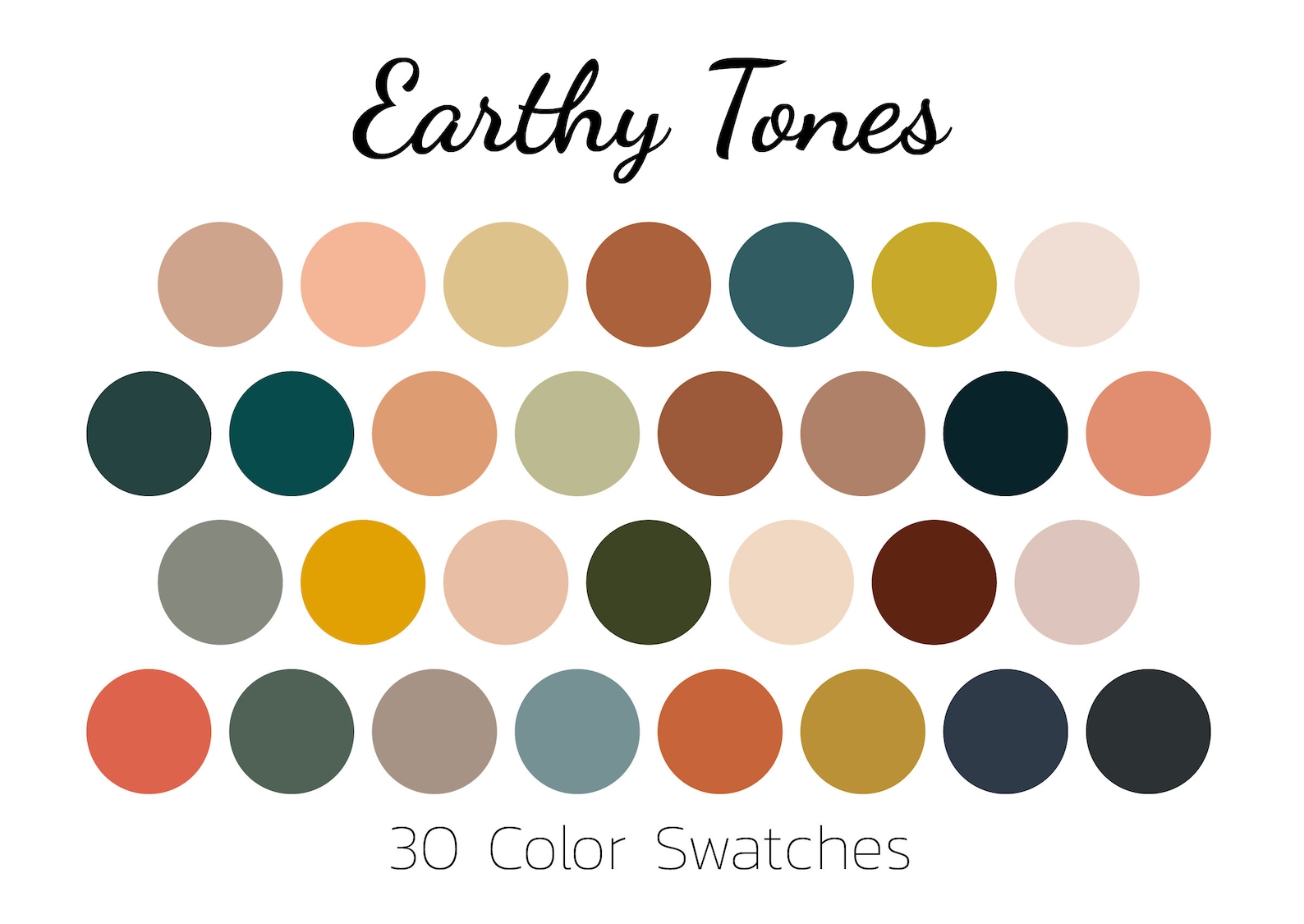











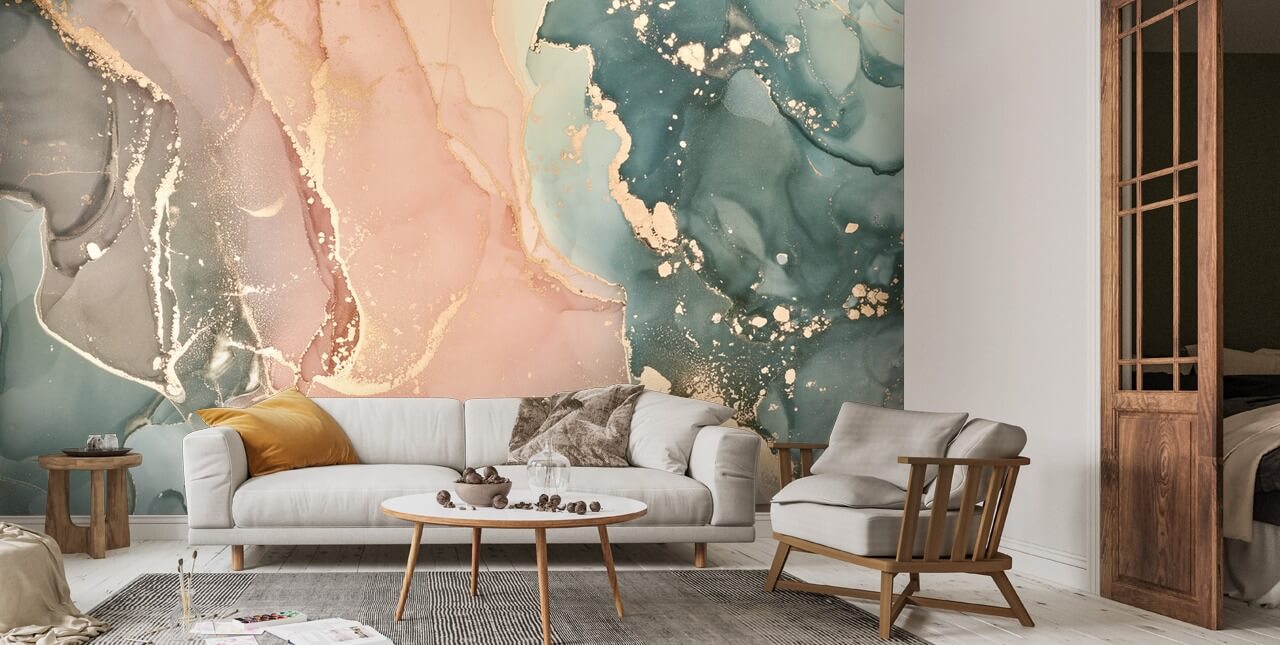

.jpg)


